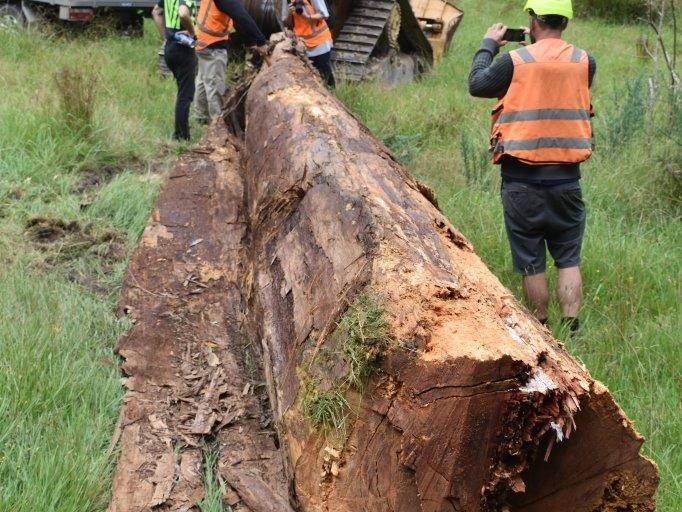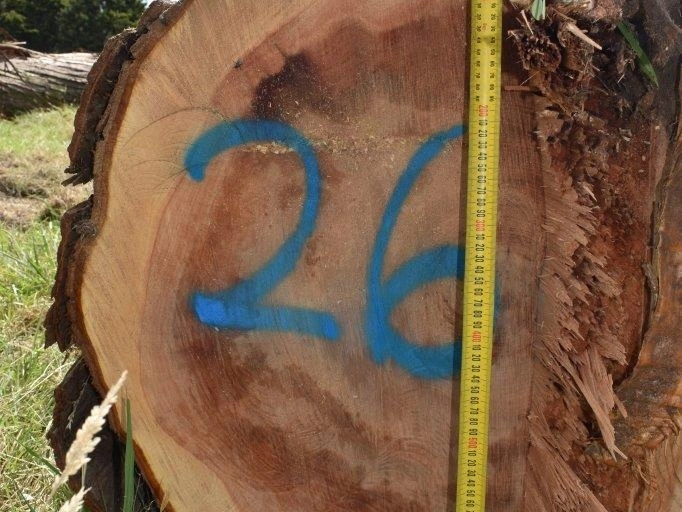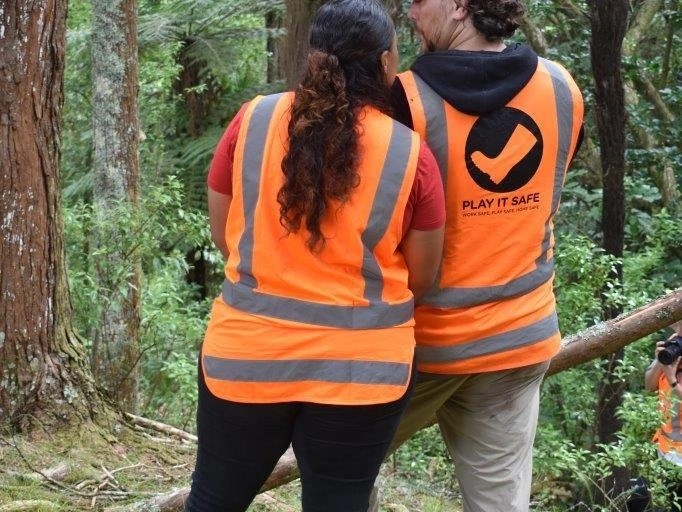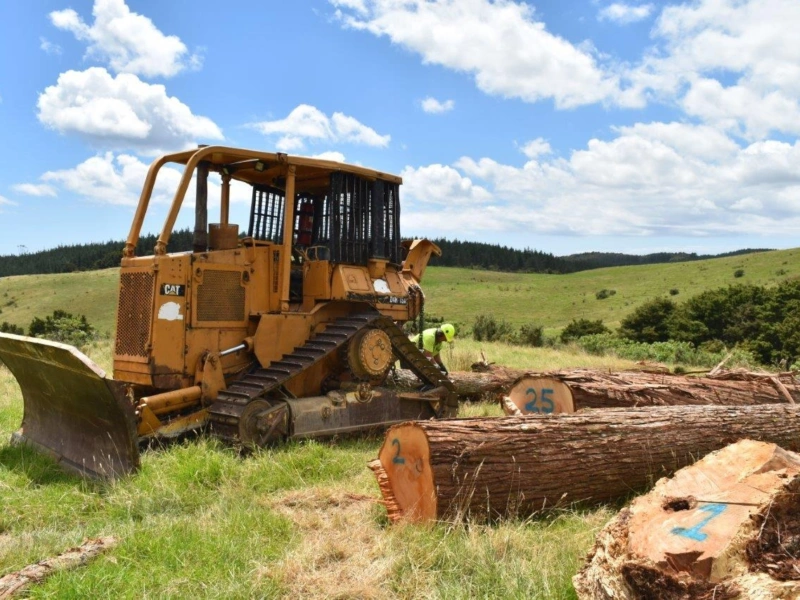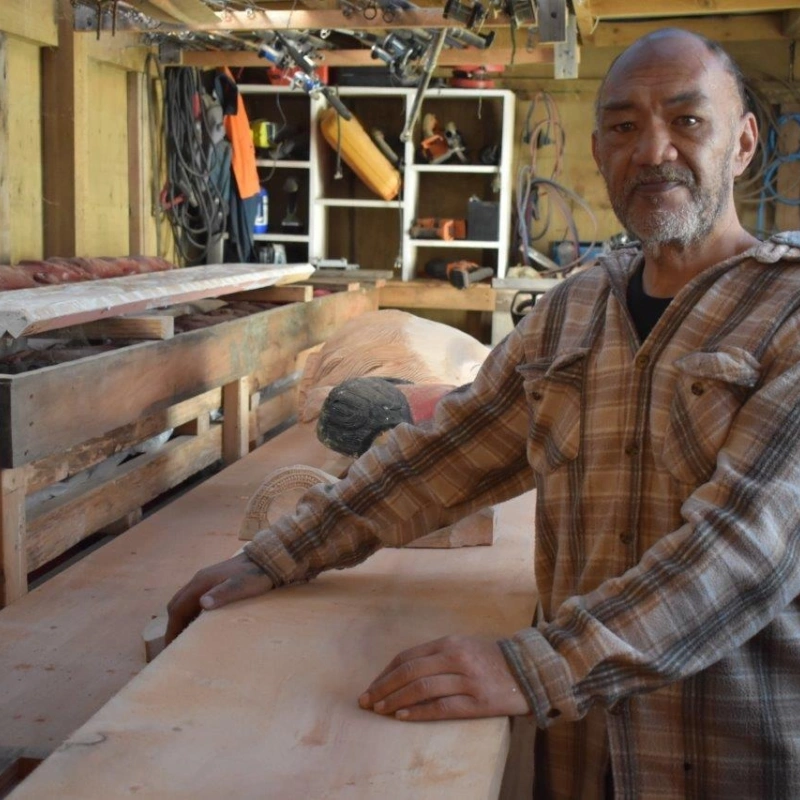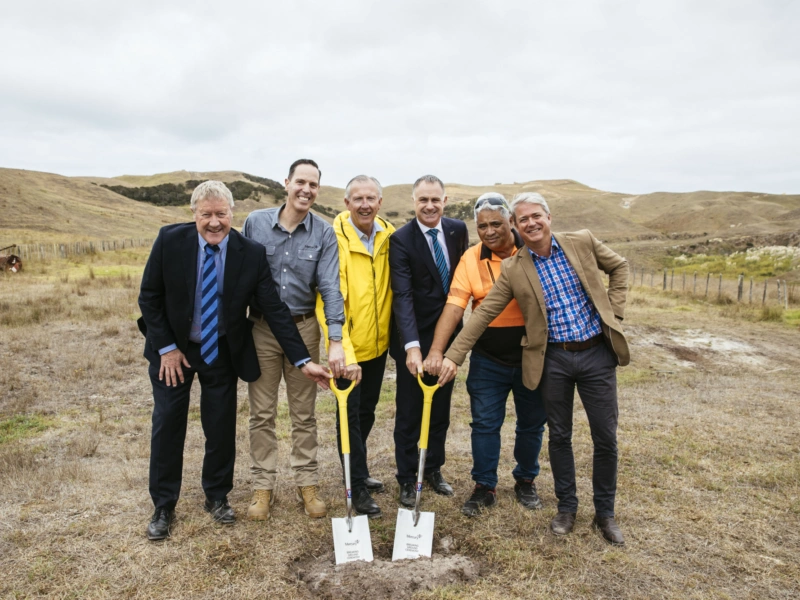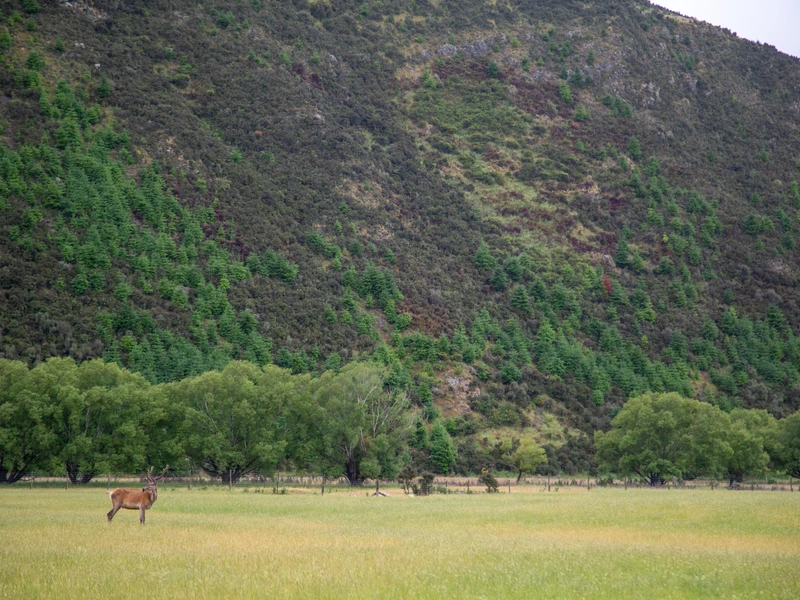Tōtara from Pāmu Farm Honored in Prestigious Carving Project
Pāmu is proud to have contributed to a significant cultural project at Te Tii Marae, Waitangi, by providing sustainably harvested tōtara timber from our Kapiro farm, located north of Kerikeri. This tōtara is being used by tohunga whakairo (master carver) Lani Apiata, for the extensive renovations at the marae, including a new entranceway to the wharenui, Te Tiriti o Waitangi.
A Commitment to Sustainability and Cultural Heritage
The tōtara timber was sustainably harvested under a carefully prepared Sustainable Forest Management Plan, developed by Pāmu Environment Manager, Gordon Williams, in collaboration with Paul Quinlan of Tane’s Tree Trust and the Northland Tōtara Working Group. This plan, approved by Te Uru Rākau, ensures that the timber was legally sourced, respecting both the environment and cultural values.
This project aligns with the stewardship ethos at Pāmu, which emphasizes integrating native forests into our farming operations to enhance natural ecosystems, preserve our natural heritage, and support cultural projects of national importance.
Respecting Tradition and the Environment
The harvesting process was conducted with the utmost respect for both the land and the people connected to it. Ngāti Rehia, the manawhenua, were actively involved in the planning and harvesting process. Their master carver, Renata Tane, chose the harvest date based on the local maramataka (lunar calendar), and the event was marked with karakia, making the occasion deeply meaningful. Additionally, Pāmu donated timber to support their whare waka carving project in the Kerikeri Basin.
The harvesting operation was carefully managed by Quinlan, who selected trees in consultation with Te Uru Rākau advisors and contractor Michael Harrison. The process focused on thinning the forest by targeting dead, damaged, or poorly formed trees, leaving the best trees to thrive. The timber was milled into wide, thick boards by Li Legler and, despite being used green (unseasoned), Apiata finds it ideal for carving, appreciating its forgiving nature.
Celebrating Cultural Significance
Apiata, who learned under the renowned tohunga Te Warahi Hetaraka, is leading the carving work at Te Tii Marae, and he has a deep connection to the materials he uses. "You’ve got to learn to read your wood. I don’t mind knots. I try to use the rākau to the best of its ability. Go with how the wood wants to be. Listen to what it is telling you," he says.
The significance of this project goes beyond the wood itself. It is a testament to the importance of respecting and preserving our natural resources for future generations. Pāmu is honoured to have supplied timber for such prestigious cultural uses, reinforcing our commitment to sustainability, cultural heritage, and community collaboration.
To learn more about our commitments to sustainability from Pāmu, visit our sustainability section on our website.
